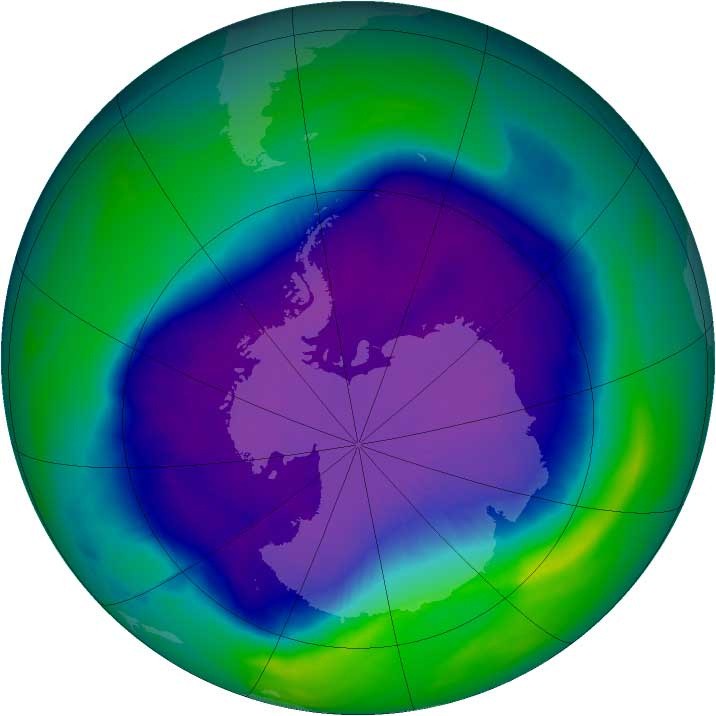MIT scientists believe they have discovered a way to completely reverse the effects of climate change. Scientists believe they have discovered a technique to reverse climate change. Or, at the very least, assist in alleviating it.

Climate Action Urgency
Many are taking immediate action to combat climate change and its consequences. Why? Human actions are causing climate change, endangering our way of life and the future of our planet. We can create a sustainable future for everyone if we solve climate change. A warmer globe, even by half a degree Celsius, causes greater evaporation, which results in more water in the atmosphere. Such shifting conditions endanger our agriculture, health, and water supplies, among other things.
Space Bubbles
The concept is centered on producing and deploying many thin film-like silicon bubbles. The "space bubbles," as they call them, would be connected like a raft. It would be around the same size as Brazil if enlarged in space. The bubbles would then act as an additional shield against the Sun's dangerous solar radiation.
The purpose of these new "space bubbles" would be to mitigate, if not reverse, climate change. Over the last many centuries, the Earth's temperature has risen. NASA previously created a graphic illustrating how global temperatures have evolved throughout time. Massive "mouths to hell" are now opening in the permafrost.
Holes in the Ozone

There's also the recent discovery of yet another hole in the Earth's ozone layer by scientists. As a result, finding strategies to mitigate or reverse climate change remains a top goal for many. This new strategy is based on an idea offered by astronomer Roger Angel. Angel first proposed utilizing a "cloud" of tiny spaceships to protect Earth from the Sun's radiation.
How It Works
On the other hand, MIT researchers have improved Angel's original proposal by substituting inflated silicon bubbles for the spacecraft. Being able to reverse climate change would be a major step forward. However, one aspect would be shielding the Earth from the Sun's radiation. We'd still have to cut back on other things.
But how could a "raft" of space bubbles protect Earth from the Sun's radiation? The primary aim is to deliver the bubbles to the L1 Lagrangian Point. This is the point between the Earth and the Sun when the gravitational pull of our star and planet cancels out. As a result, the space bubbles should be able to float freely without being dragged by either body.
Needing More Tools
According to the experts, we'd still need some vehicle to keep everything on track. However, it may give us a fair chance of reversing or reducing climate change. It is crucial to clarify that MIT does not see this as a replacement for our present adaptation and mitigation activities. Instead, it's a back-up plan for things going out of hand.
For more environmental news, don't forget to follow Nature World News!
© 2025 NatureWorldNews.com All rights reserved. Do not reproduce without permission.





